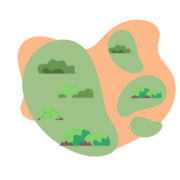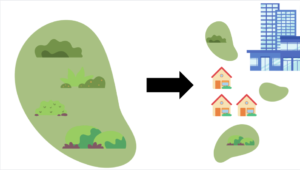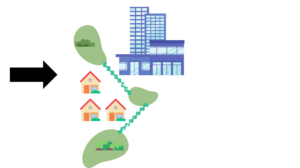ECOSYSTEM FRAGMENTATION, AN ENEMY TO BE FOUGHT
Who has never seen a dead wild animal on the side of the road? Today, this has become a commonplace occurrence. However, it is one of the consequences of ecosystems fragmentation. With urban and industrial development and the need to expand its territory, humans too often forget about other living species. We reduce more and more natural areas to the detriment of our own growth. Imagine a sheet of paper, each day we tear a small piece, and at the end of the week, there is almost nothing left …
The concept of ecological niche
The ecological niche is the sum of the needs of a living being to develop, grow and reproduce. It includes the territory used and the associated resources. With the increasing fragmentation of ecosystems on the planet, many species find themselves living in an ecosystem too small to meet their needs. Therefore, they have no choice but to move. They are forced to go beyond the limits of their homes and sometimes end up… on the roads or in our yards.
However, there are several solutions to reconnect ecosystems and give back a larger territory to species. These include wildlife corridors, such as the proposed Appalachian Corridor, wildlife crossings, such as frog ecoduct, and riparian buffers for pollinators. Going back to the sheet of paper, all you must do is connect the pieces with sticks to form a connected network!
Evolutionary diagram of a natural ecosystem that is not fragmented, followed by fragmentation and the creation of natural corridors to connect the fragmented pieces
Diagram made with Canvas
To learn more about this topic, visit ecologicalconnectivity.com. In addition to explaining all the components of the problem, the website offers a map and a description of several connectivity projects carried out in Quebec!





